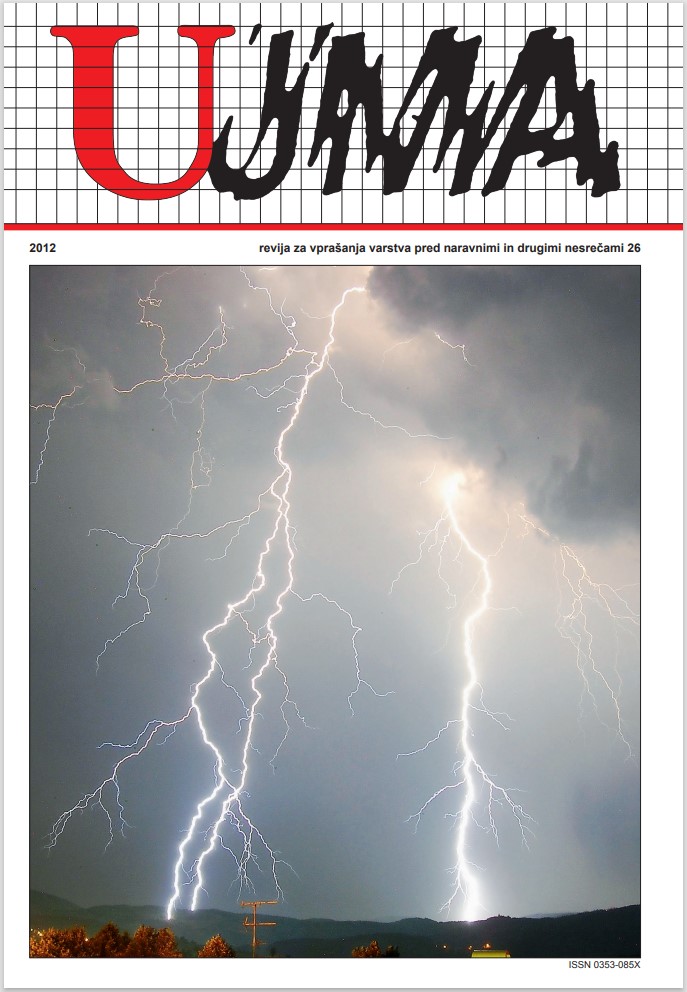EU PROTEUS PROJECT – EUROPEAN PROJECT OF THE CAVE RESCUE SERVICE OF THE SPELEOLOGICAL ASSOCIATION OF SLOVENIA
Abstract
Almost half of Slovenia is situated in a karst area of limestone and dolomite. Owing to active and well-organised speleologists, there are over 10,000 known and registered caves in Slovenia today. Numerous and attractive caves contribute to the frequency of tourist visits and spur further research of Slovenian caves. Interventions in the event of cave accidents in Slovenia are carried out by the Cave Rescue Service which has lately also been active in the field of international cave rescue. An important milestone in this field is the mechanism of international education of cave rescuers, the “Cave Rescue Training (CRT)”. Another important activity is the implementation of the European “EU Proteus” project which brings together Slovenian and Croatian cave rescuers. This paper describes the main project activities in the fields of prevention, reviewing the existing legislation on cave visits, testing of caving equipment and training of cave rescuers. The EU Proteus project presents a model study of two cave rescue systems (the Slovenian Cave Rescue Service and the Croatian Mountain Rescue Service) which are managed and implemented by volunteers. The project contributes to the improvement of standards, greater capacity and efficiency of cave rescue, and international integration of cave rescue services. Project results will also contribute to the operation of the newly established European Cave Rescue Association (ECRA).
References
Gams, I., 2003. Kras v Sloveniji v prostoru in času, Zal. ZRC, ZRC SAZU, Ljubljana.
Merela, M., 2010. Sodelovanje jamarske reševalne službe Slovenije na mednarodnih usposabljanjih leta 2010, Ujma (Ljubljana), 2011, št. 25, 288–296.
Stražar, Aleš S. in Ilič, U., 2010. Mednarodno usposabljanje jamarskih reševalcev v Makedoniji, revija Jamar, str. 6, vol. 3, št. 2., tiskarna Pleško, d. o. o.
Downloads
Published
Issue
Section
License

This work is licensed under a Creative Commons Attribution-NonCommercial-NoDerivatives 4.0 International License.
The articles are made available to the public under Creative Commons Attribution-NonCommercial-NoDerivatives 4.0 International (CC BY-NC-ND 4.0).


